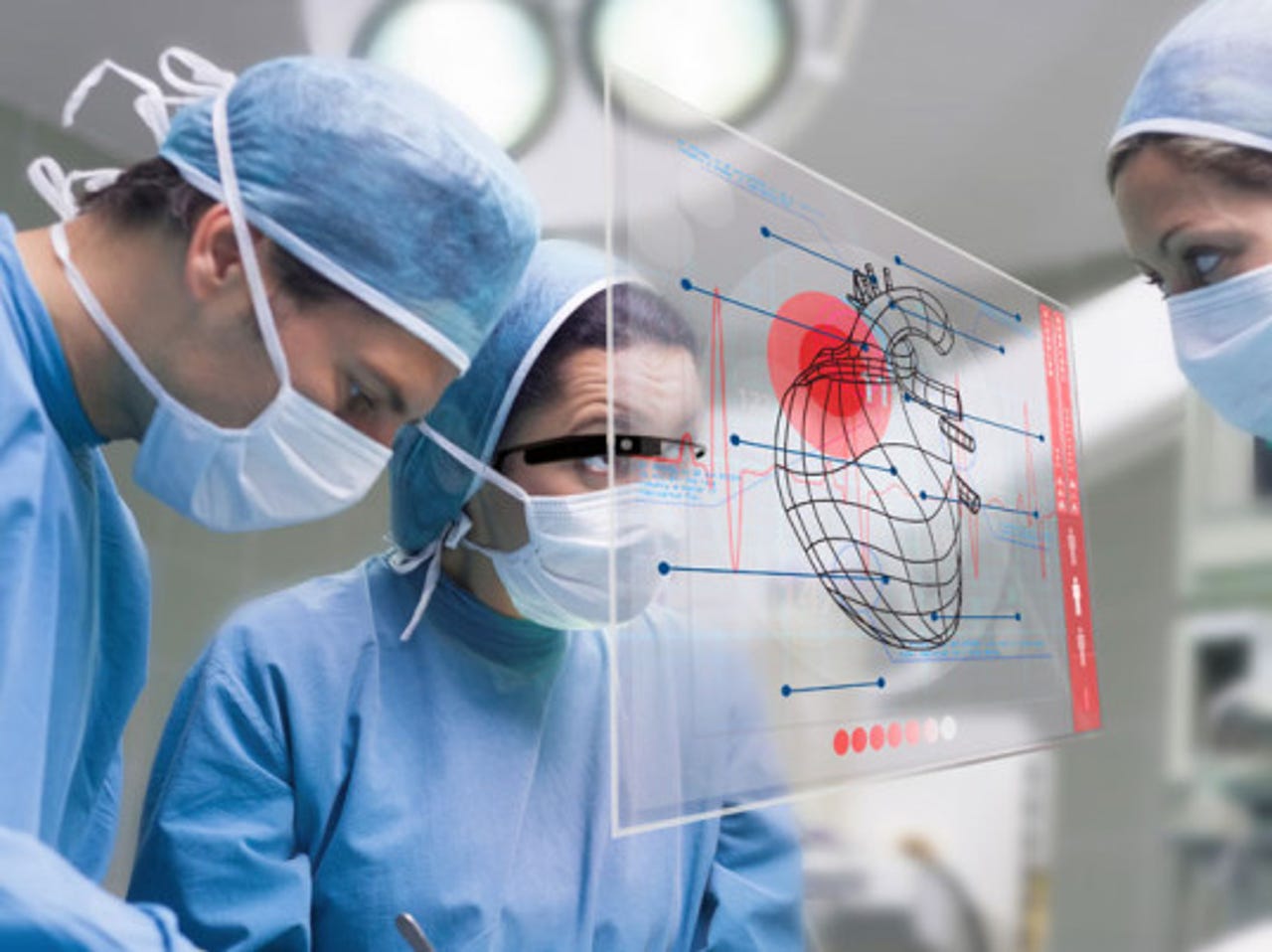Google Glass' amazing medical usages (Warning: You may end up missing an organ)


It was clear, right from the day that Google introduced Google Glass to the world that the device would bring in its wake substantial controversy as well as life-altering innovation. One of the most anticipated outcomes, other than a cottage industry of POV pornos, was what the device could do in the medical field.
Recently, heart Surgeon Pavan Kumar affiliated to the Nanavati Hospital in Mumbai, was feted by the Indian press for conducting an open heart surgery while wearing one of the devices, although almost every account of it in Indian newspapers, including the one sourced here, didn't really indicate what he did with the device. It's a safe guess that he probably recorded the operation.
However, the real groundbreaking potential of the device and a hint of the Blade Runner era that we are entering was exhibited a little earlier this year when a surgeon at The Royal London Hospital donned the device while extracting the cancerous tissue from the liver and bowel of a seventy-eight year-old man, and live-streamed the operation to 13,000 surgical students around the world from 115 countries who had jacked in using their computers and mobile phones.
Naturally, this is spectacular stuff when it comes to teaching complex medical operations. Not so long ago, a handful of students would have the privilege of huddling around a corpse on a slab while a surgery professor would dig in (as of course Kiefer Sutherland’s tour de force 'Flatliners' so expertly shows and which is where I have attained most of my medical knowledge). Now doctors can teach hundreds and thousands of aspirational surgeons while operating, give other medical students a flavor of what to expect in the operating room and have experts in other parts of the world join in on tricky cases.
For a country like India, which has one doctor for every 2,000 people, and most of them concentrated in 120 cities or so, this is a pivotal invention. Now, underserved areas have one additional tool through which examinations can be conducted in real time and where case histories can be recorded using the device, uploaded in a flash and scrolled through without turning away from the patient, all using simple voice commands.
More importantly, instead of sending a patient in a remote area to a specialist who tend to be a fair distance away, the general physicians can now easily help a specialist remotely conduct an examination using Glass. Glass can also become a reference library for images that will help in diagnosis, as well as a training aid for senior doctors to keep tabs on and evaluate residents' procedures, in real time if necessary.
Of course, these developments have come with their fair share of controversy—apparently the Royal London surgery allowed students to type in questions which then appeared on the bottom left hand side of the Google Glass worn by the surgeon who then verbally answered them. This, some people think, is kind of like texting while driving on which Film director Werner Herzog did a documentary recently.
The thinking, no doubt, is that you may have gone in for a gall bladder operation but by the time the surgeon answers all the questions popping up in his eyepiece texted in from his over-ambitious surgeons-to-be students, you may come out minus a testicle with all the distraction going on. There are also privacy concerns which this Atlantic article details.
Plus, as the piece points out, the resolution of the Google Glass 5MP camera isn't all that hot and the angle with which the camera records may not be particularly helpful for watching a surgery. In order to focus the camera on the action effectively, the surgeon may have to crane her neck at an awkward angle, and may herself require a quick trip to the operating theatre for her severely strained neck muscles. Of course, these are things that can easily be adjusted for optimum performance (hopefully the device, that is, and not the human).
Whichever way you look at it, get ready for the Google Glass—emphatically described as a consumer device by the company—to be used in all kinds of amazing and controversial professional capacities.